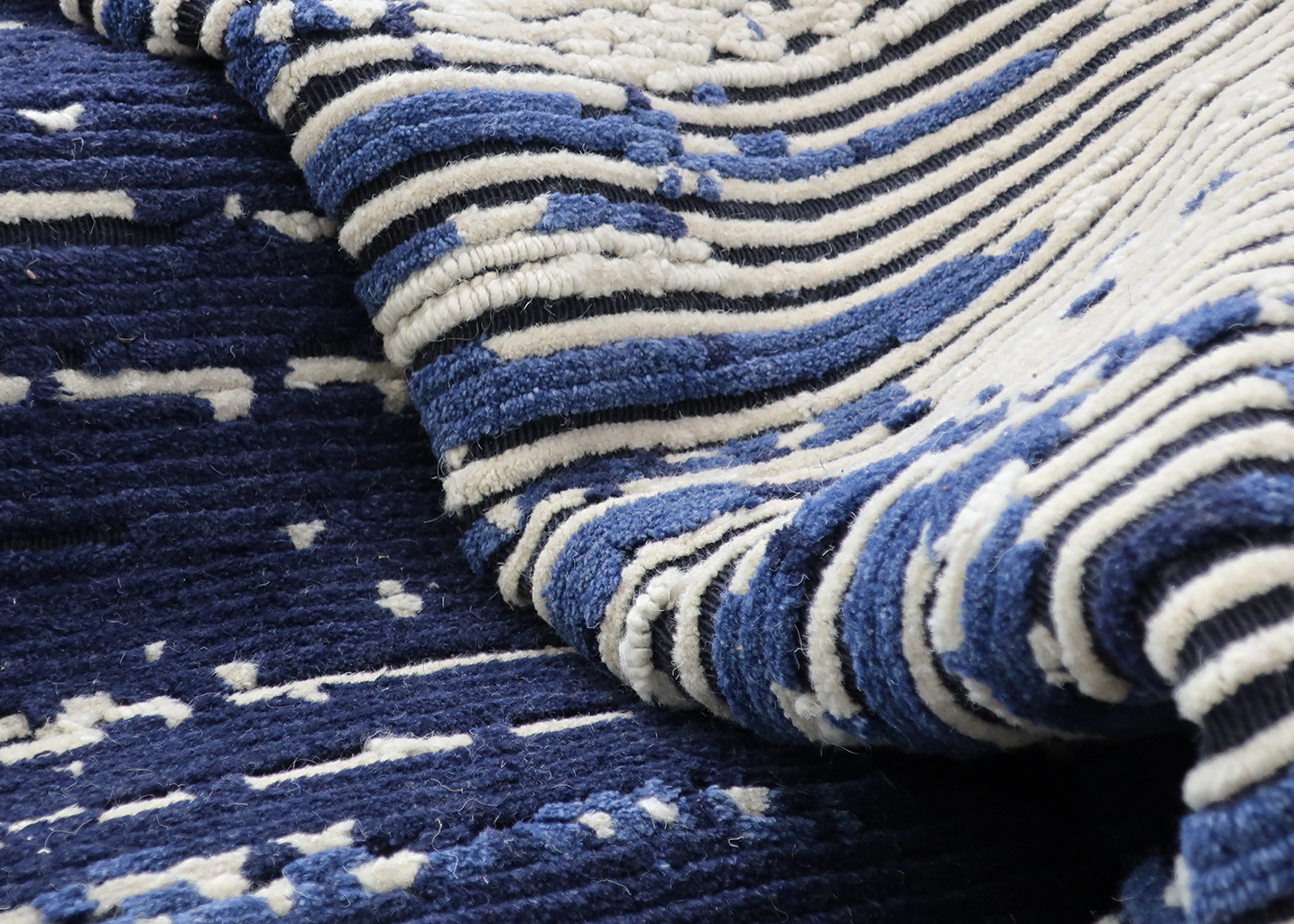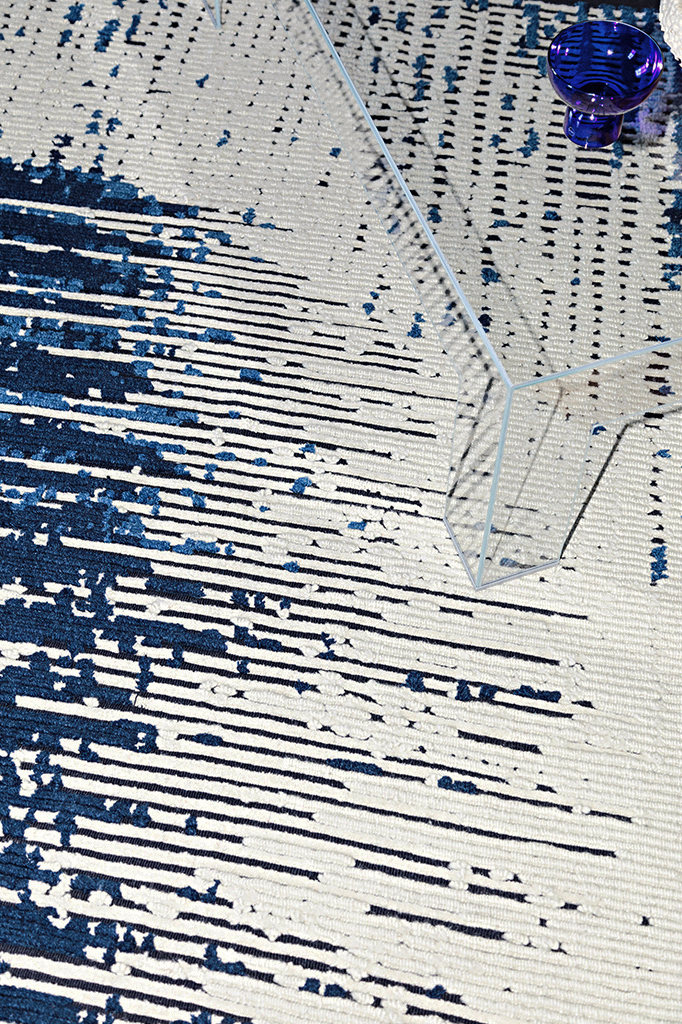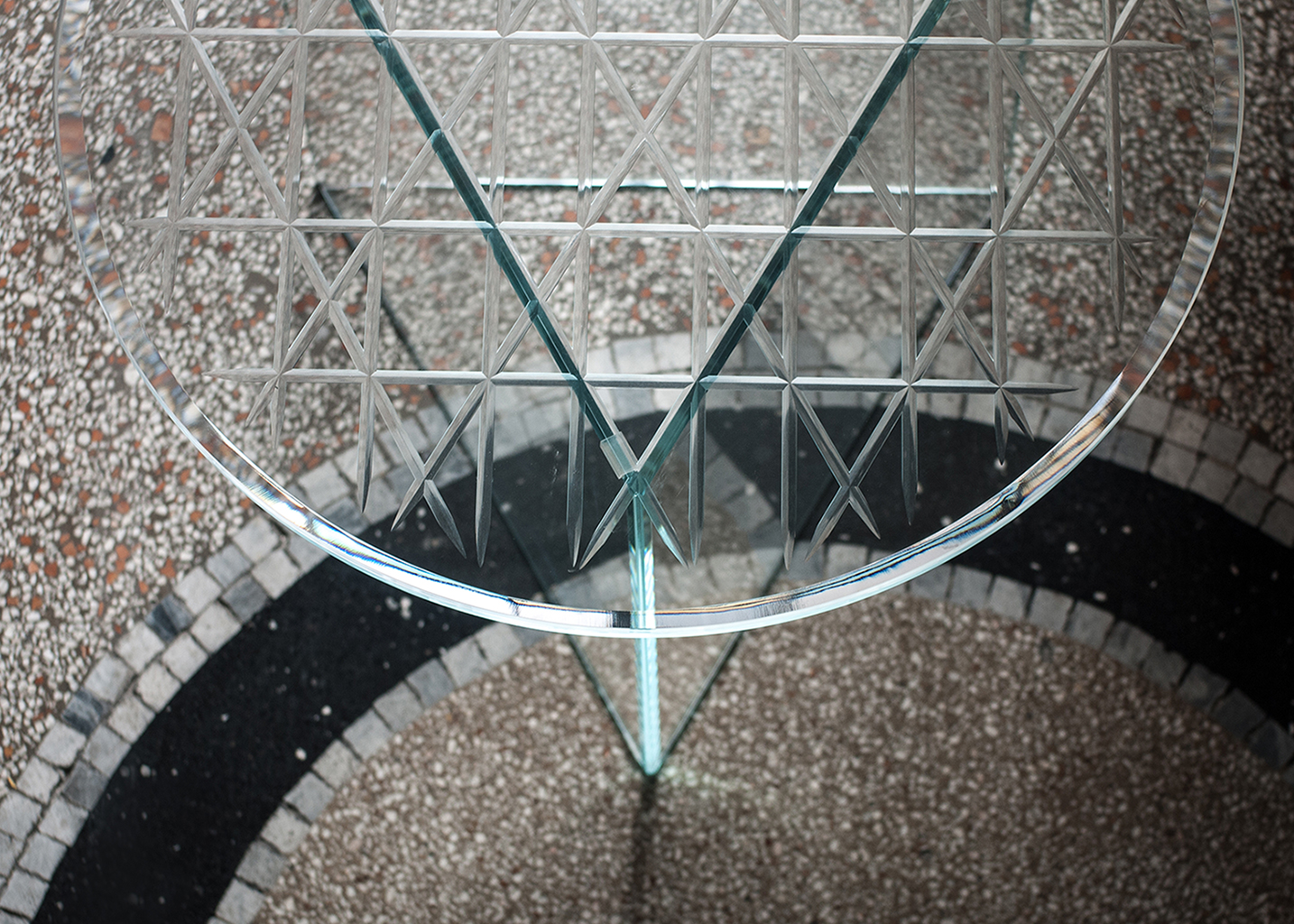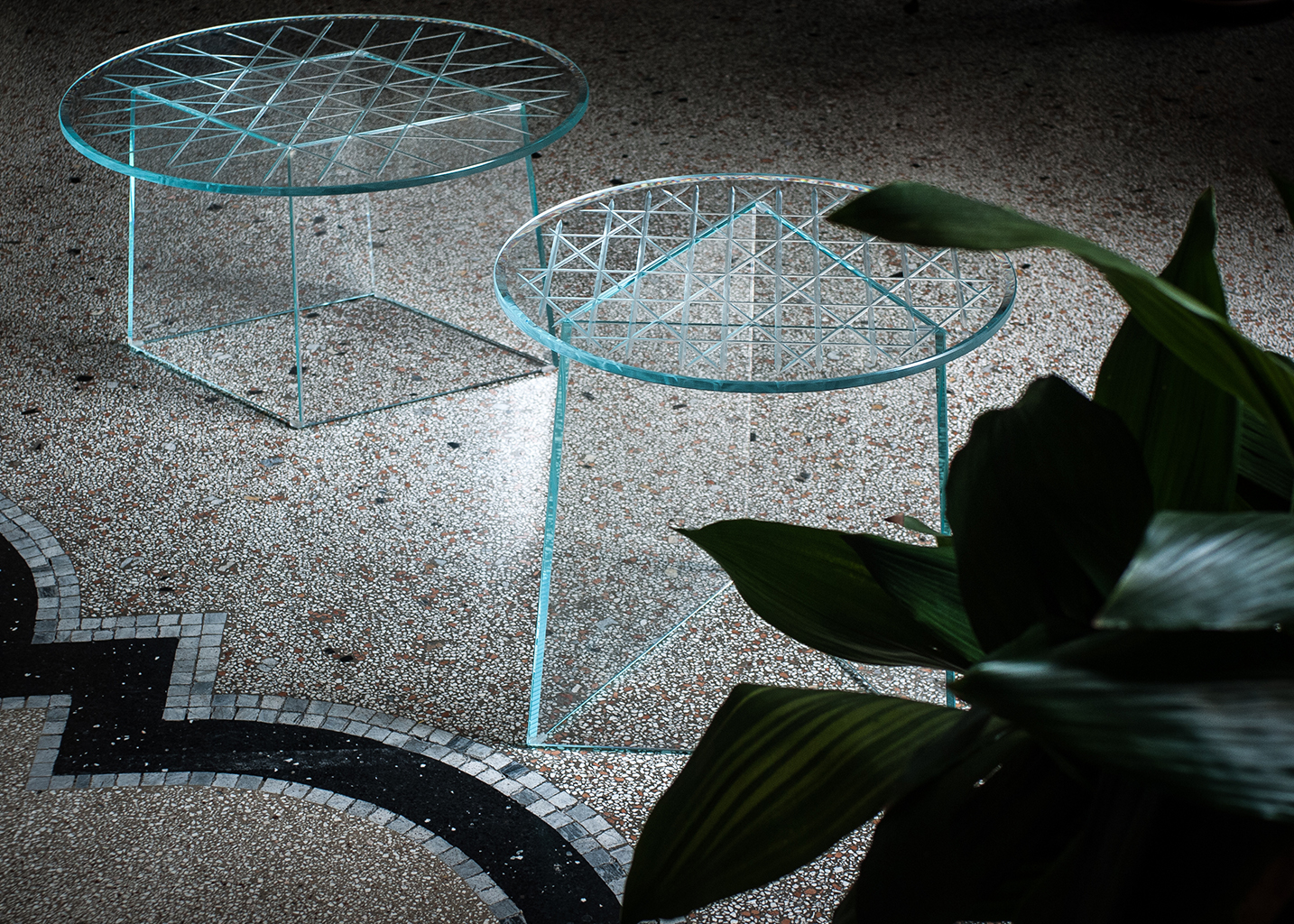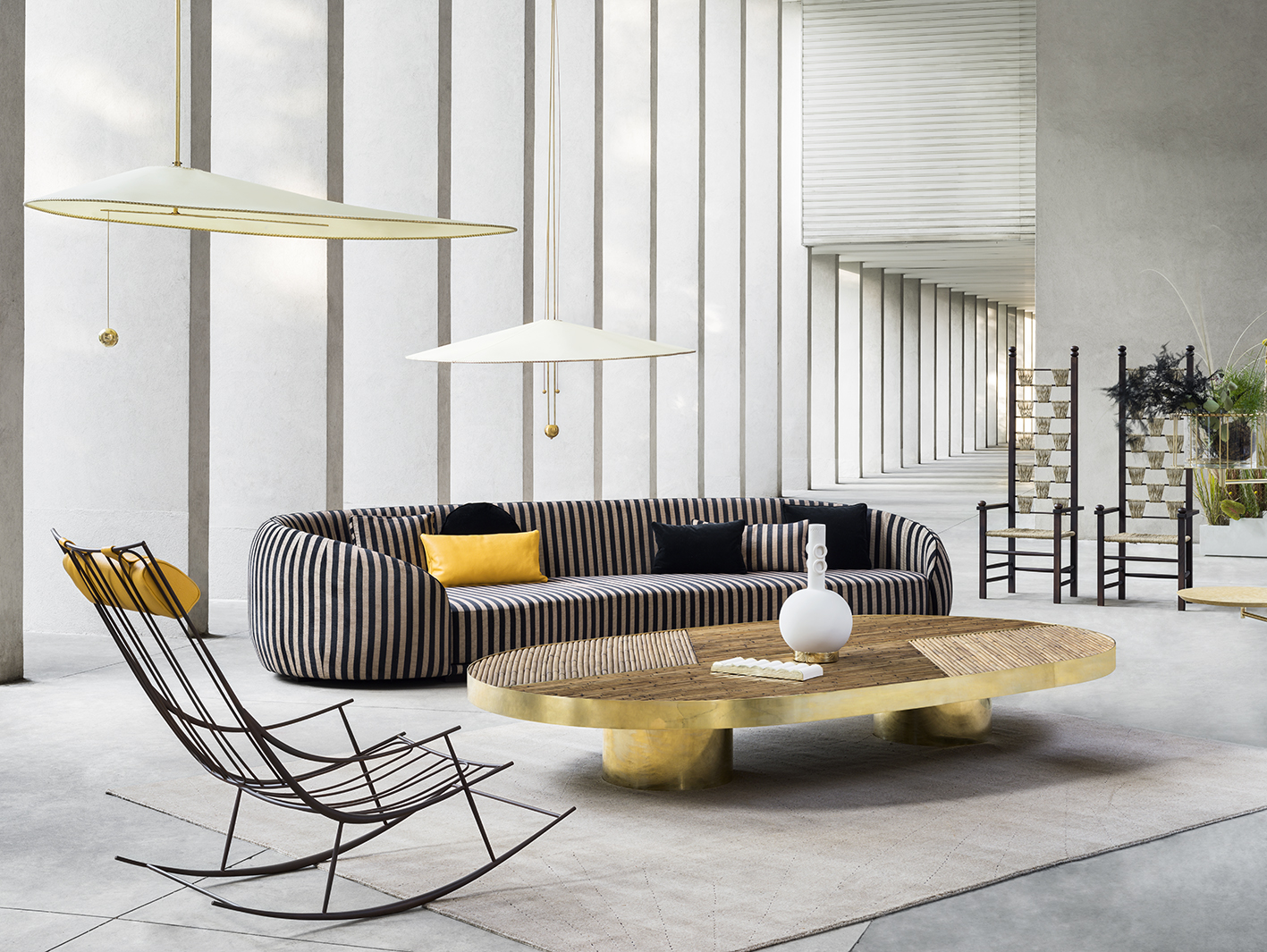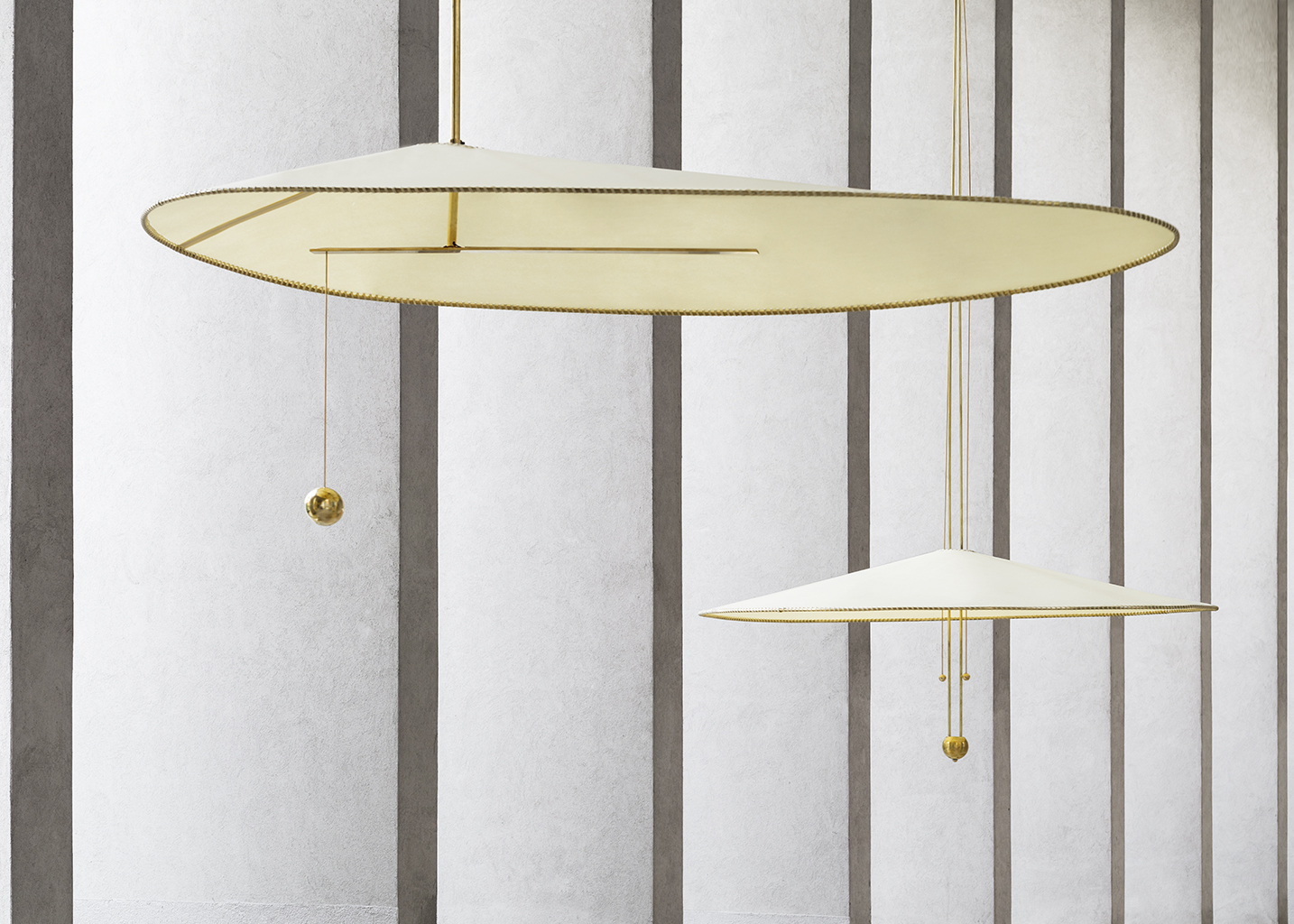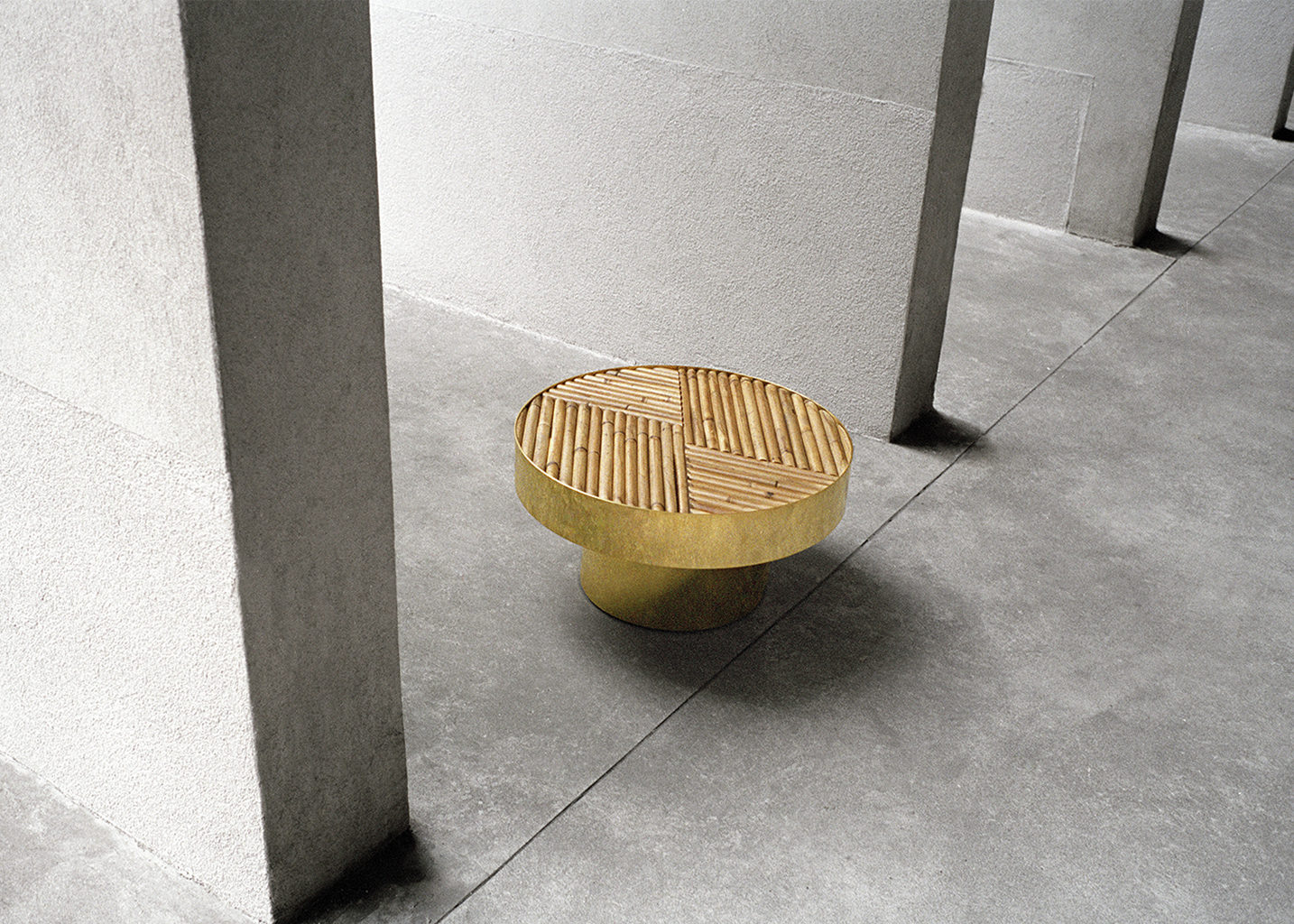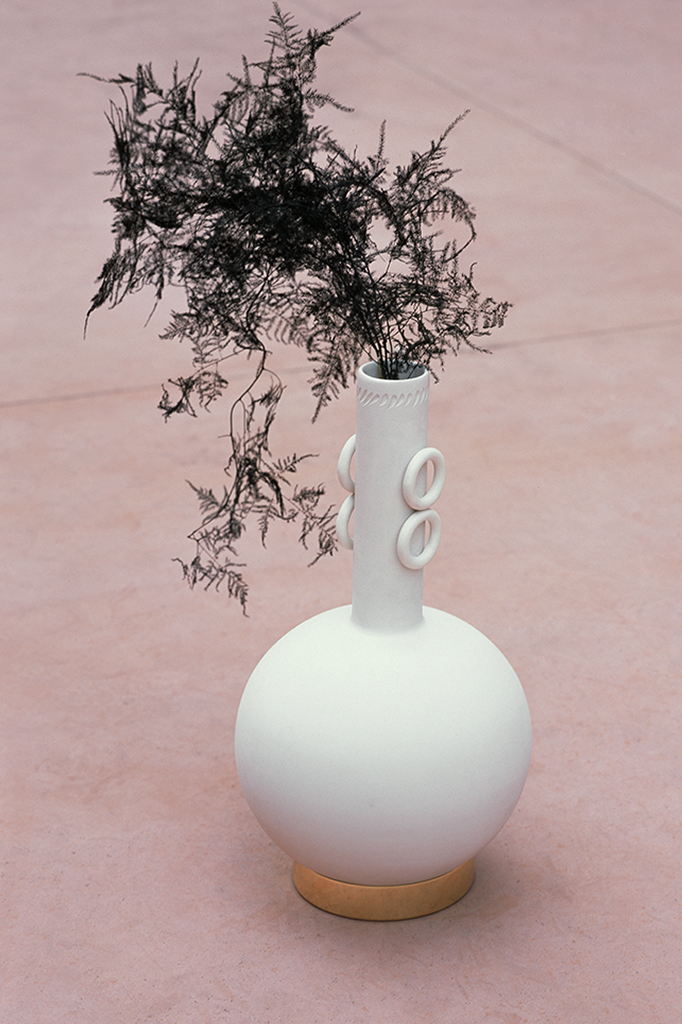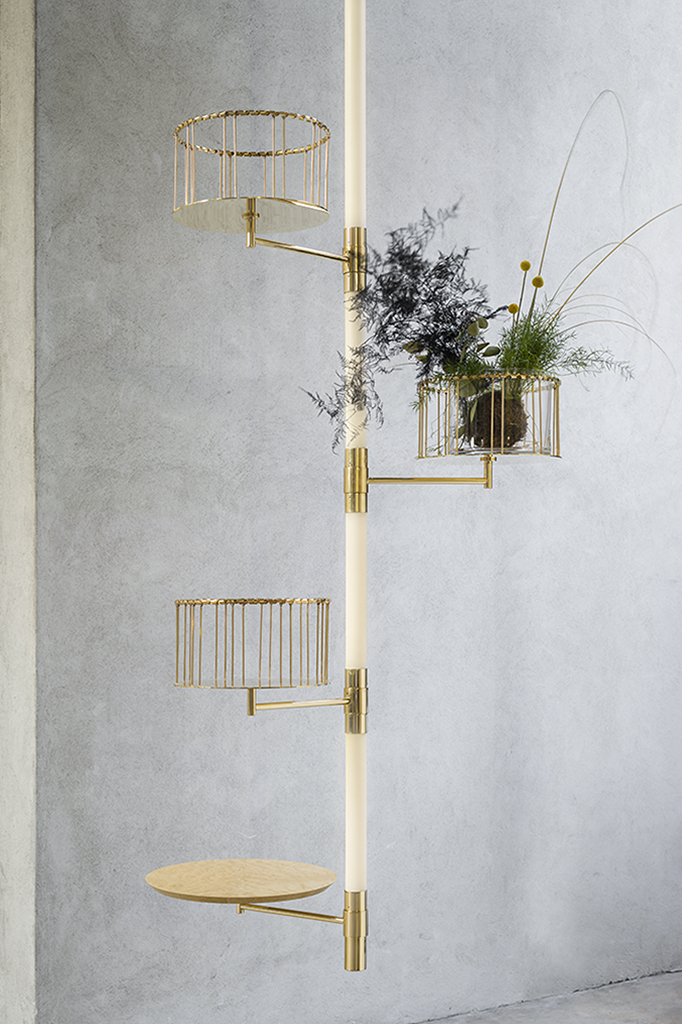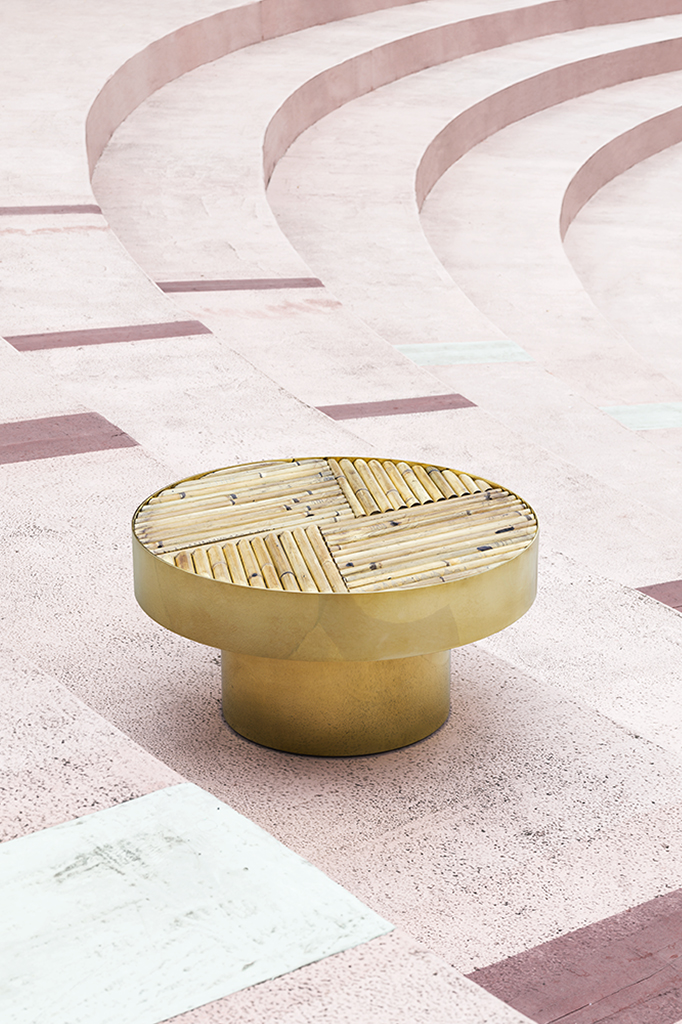Chiara Andreatti was born not far from Venice and she moved to Milan to study in the European Institute of Design and then to attend a Master’s program at Domus Academy. She has worked to several design studios like Raffaella Mangiarotti , Renato Montagne and studio Lissoni Associati where he has been working for more than ten years. She design for companies like Glas Italia, Lema, Potocco, Gebrüder Thonet Vienna, Non Sans Raison, Starbucks, CC-tapis, PaolaC., Mingardo e Atipico. From 2016 to 2018 she was art director of Texturae, Karpeta and BottegaNove.In 2018 she was called to represent the 10th anniversary of Fendi’s edition at Design Miami. Her work has been published on major domestic and international magazines (Domus, Interior, Surface, Rum, Living, Wallpaper, Elle Decor, Living, Icon, Ddn etc.). In 2019 she has won the IF Design Award with the Loïe armchair made for Gebrüder Thonet Vienna.

When did you know you wanted to be a designer?
Leaving school I wanted to do cultural heritage management or a specialization related to aesthetics and art. I ended up enrolling design. I actually think that this is part of my DNA because even my grandmother was conditioned by creativity and a great aesthetic sensibility. My mother told me in the 50s / 60s she designed shapes and decorations, glasses and ceramics that she made for herself with the local artisans. Involuntarily, I feel to have lived this tradition.
What is your main source of inspiration?
I pay a lot of attention to what surrounds me and I do a lot of research on contemporary art, architecture and craftsmanship. When I travel, I like to search new aesthetics and methods.I have always an attraction and a curiosity for “the new”, for the “diversity” of every object, workmanship or finish, trying to realize and archive every stimulus in a collection of images started in 2002 but never concluded that brings together everything. This is essential for my projects.
How does the Italian design is considered in the World?
Italian design has always been considered as an excellence. What most characterizes it is the ability to combine a good craftsmanship and the industrial process by creating projects full of poetry that hide an intimate and personal process at the base. A mix of aesthetics and attention to proportions as well as high research and craftsmanship. Personally I believe in the power of crafts, both pure and revisited in a modern way, the touch of poetry can be everywhere, in a work that is disappearing, in a material of the past decontextualized in the present, or in an imperfect detail that makes you smile. From an artisan imprint, which can be a simple concept, we relate with industry and production, the handcrafted detail becomes concrete in an industrial process, if this combination is done in a best way we have a unique product. Fortunately Italy is still rich in companies linked to artisan world.
What is your favourite object, the one that should never miss in anybody’s house?
I don’t have a particular favourite article that binds me specifically but more elements. For me it’s important to have at home objects that recall our experiences, memories and talk about us. All my house is a mix of objects collected during in my travels and thousand plants that furnish the space. To heat a house it’s important to have spontaneous combinations of personal objects related to our passions in a background of carpets, paintings and plants that together warm up and create harmony and an emotional space.
Who is your favourite designer ever?
There are many references that I bring with me. I have long been focusing on ‘woman artists/designers’, seeking, throught instense research, to enter in their lives and their worlds throughts their design sign, analyze their mixed artistic skills to their sensibility and to their character. An example was Louise Bourgeois with her textile work witnessing his relationship with memory or Hella Jongerius for the originality with wich she able to melt industry and crafts.
What is your secret dream?
My secret dream is to have a house in the countryside or next to sea where I can do research, working and trying new materials taken from nature, like clays and sands put together and related to the colors of the earth. Working on new craftsmanship linked to natural material that I couldn’t experience in the city.
What are you interested in right now? What would you like to create the most?
Actually I’m working on products with national/international brands but I would like to work on interior too, making particular projects such as installations or window concept. I would also like to focus in the textile world coming to realize a collection of towels and fabrics for home, a field that lacks on innovation, and work with historical weavers bringing it to experiment with new surfaces and ancient techniques.
